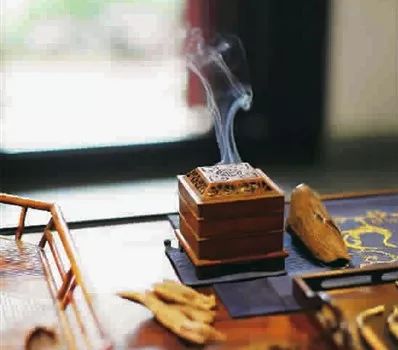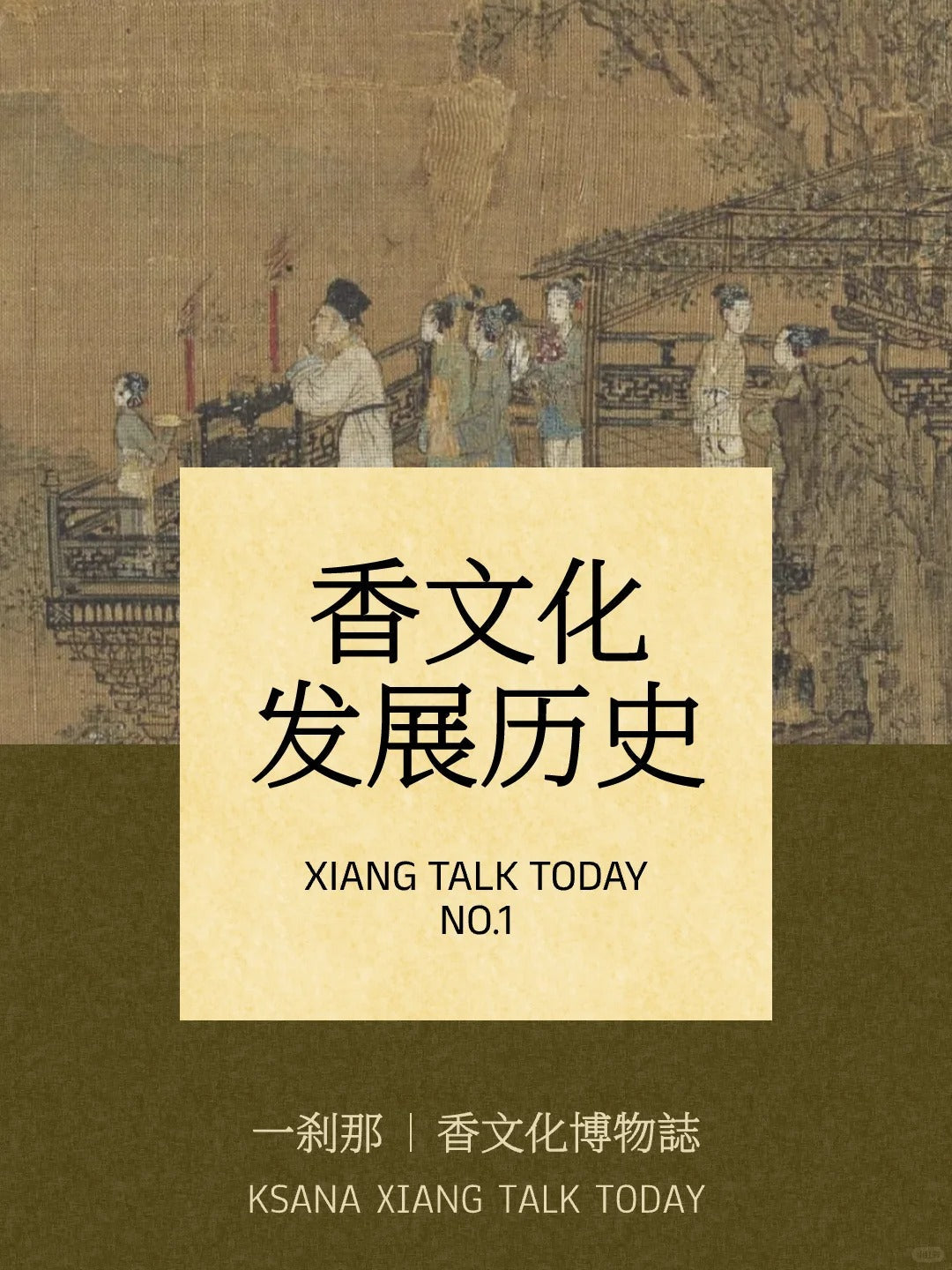
Chinese Traditional Culture - Incense Culture
Share
Incense culture is a series of objects, techniques, methods, habits, systems and concepts that have gradually formed in the long historical process of the Chinese nation around the production, preparation, combination and use of various incense products, which can reflect the uniqueness of the Chinese nation's spiritual temperament, national traditions, aesthetic concepts, values, thinking patterns and world outlook.
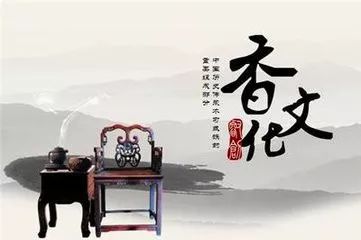
1
History of the development of incense culture
(1) From the Spring and Autumn Period to the Han and Wei Dynasties: the initial development of incense culture
Spring and Autumn Period and Warring States Period At that time, China had already made extensive use of spice plants. The most commonly used ones at that time were Ze Lan (non-spring orchid), Hui Cao (Hui Lan), Jiao (pepper tree), Gui (guishu), Xiao (mugwort), Yu (curcuma), Zhi (angelica), Mao (citronella), etc. There were already methods such as fumigation (such as Hui Cao and mugwort), wearing (scented sachets, fragrant flowers and herbs), boiling soup (ze Lan), boiling paste (lan paste), and adding wine.
In Qu Yuan's "Li Sao", the fragrance culture is praised with the lines "I wear Jiangli and Bizhi, and weave autumn orchids as pendants" and "In the morning I drink the dew of magnolia, and in the evening I eat the fallen petals of autumn chrysanthemum."
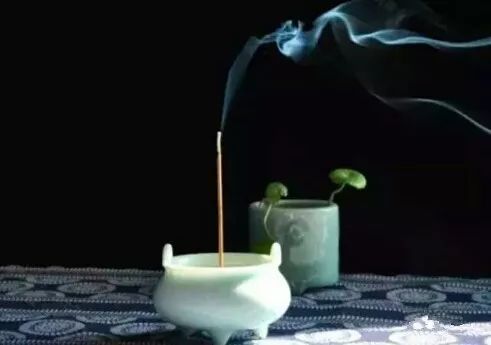

Qin and Han Dynasties At that time, spices produced in the hot and humid southern regions gradually entered China. With the active development of the "Silk Road on Land" and the "Silk Road on the Sea", many spices from Southeast Asia, South Asia and Europe were also introduced to China. Agarwood, frankincense, chicken tongue incense, etc. had become the best incense for the nobles in the Han Dynasty. The prevalence of Taoist thought in the Han Dynasty and the introduction of Buddhism also promoted the development of incense culture during this period to a certain extent.
Wei, Jin, Southern and Northern Dynasties During the Tang Dynasty, despite the constant wars, the incense culture still achieved great development. Incense was more common in the upper class. At the same time, Taoism and Buddhism flourished, and both advocated the use of incense.
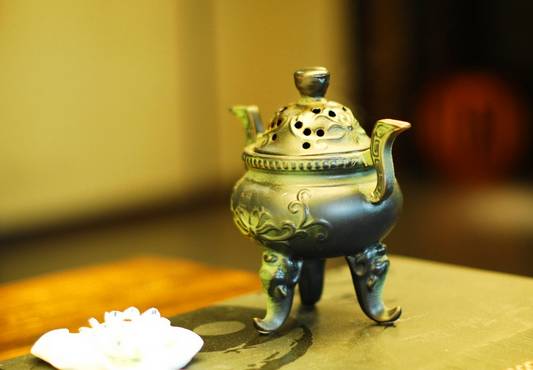
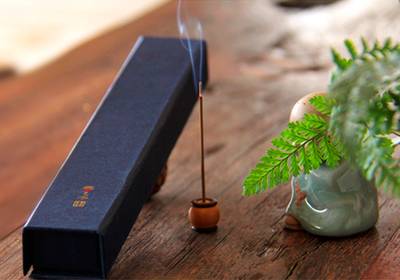
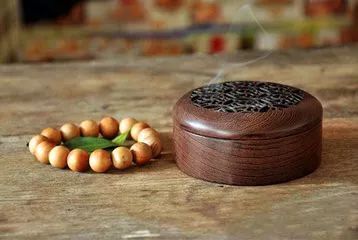
(2) Sui and Tang Dynasties: The maturity and perfection of incense culture
The Tang Dynasty experienced unprecedented prosperity in both foreign and domestic trade. A large number of spices from the Western Regions were continuously transported to China via the Silk Road that spanned the heart of Asia. The prosperity of the spice trade led to the emergence of merchants specializing in incense and spices in the Tang Dynasty.
There is also a complete and detailed classification of the uses of incense: incense for meeting guests, incense for bedroom, incense for spiritual practice, etc.
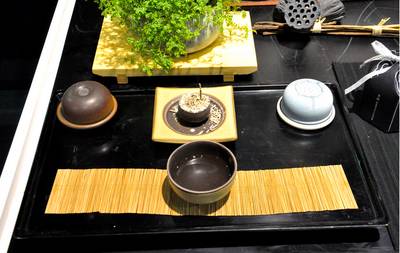

(3) Song, Yuan, Ming and Qing dynasties: the prosperity and popularization of incense culture
During the Song Dynasty , incense became a part of ordinary people's daily life. During this period, the variety of incense formulas continued to increase, the production process became more sophisticated, and the incense products became more colorful.
The method of "burning incense through fire" was also quite popular: burn a piece of charcoal, put a heat-conducting sheet on the charcoal, and finally put incense on the sheet; in terms of incense utensils, the most noteworthy in the Song Dynasty was porcelain, and the output of porcelain incense utensils (mainly incense burners) was very large. In terms of shape, they either imitated existing bronze utensils or had other innovations. Porcelain burners were very suitable for folk use.

During the Yuan, Ming and Qing dynasties , incense burners, incense boxes, incense bottles, candlesticks and other combinations became popular. During the Xuande period of the Ming Dynasty, Emperor Xuanzong used tens of thousands of kilograms of brass tributed by Zhenla (now Cambodia) and a large amount of gold, silver and jewelry added to the national treasury to smelt and manufacture a batch of unparalleled copper incense burners, which were later called "Xuande furnaces".
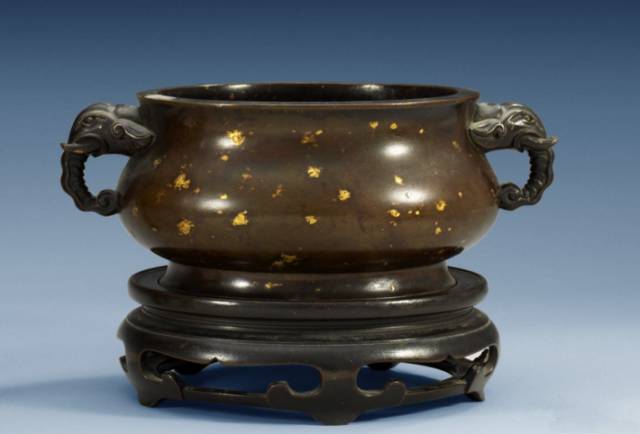
2
Incense and spices
(1) Classification of spices
Classification by the source of raw materials: natural flavors/synthetic flavors
Natural spices refer to the original fragrant materials made from the aromatic parts of animals and plants through simple processing. Most of them retain some of the inherent appearance characteristics of the plants, such as fragrant wood blocks, fragrant wood chips, etc.
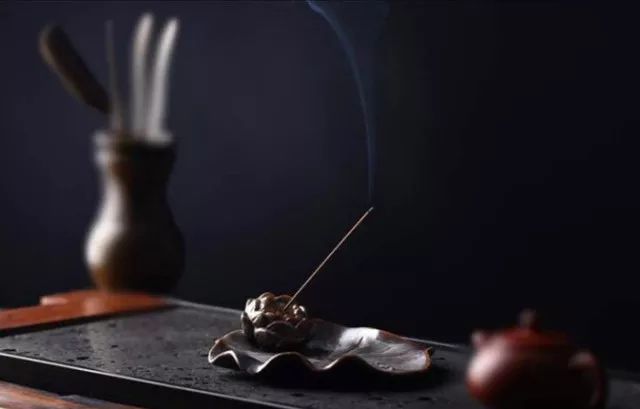
Or it is the aromatic substances separated from natural raw materials by physical methods (steam distillation, extraction, pressing, etc.), which are often in the form of essential oils, extracts, pure oils, ointments, tinctures, etc.
There are more than 3,600 species of spice plants discovered in nature, and about 400 species are effectively used; animal spices are mostly secretions or excretions from animals. There are about a dozen species, and the four commonly used ones are musk, civet, castoreum and ambergris.
Synthetic fragrances are aromatic compounds made from coal chemical products, petrochemical products, etc. through chemical synthesis. There are more than 5,000 kinds of synthetic fragrances in the world today, and more than 400 kinds of commonly used products.

(2) Preparation of natural flavors
Nowadays, the production of most natural raw materials mainly relies on artificial planting. To ensure the quality of artificially planted spices, many factors need to be taken into consideration.
The first and foremost factor is the variety: the same plant is often divided into different subspecies, and the characteristics of each subspecies often have great differences.
Natural environment of water and soil: Natural factors such as moisture, temperature, light, soil, air and surrounding plant communities in the plant growth area, namely "water and soil" and "feng shui" factors, will directly affect the quality of the plants.
Maturation cycle: The length of time from cultivation to harvesting is a very important factor. For some spices, the longer the "gestation" time, the higher the quality. For example, the price of "three-year-old agarwood" is almost three times that of "one-year-old agarwood". Lavender matures in about the third year after planting.
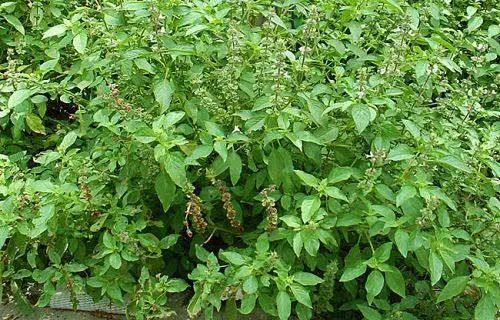
Cultivation method: Cultivation method and cultivation experience are important factors, but more important is the degree of industrial pollution. Chemical fertilizers, chemical pesticides and air pollution will directly lead to the reduction of spice quality.
Parts taken: Different parts of the plant such as roots, trunks, branches, leaves, flowers, and fruits. The content of aromatic components varies. For example, the closer to the roots and the heart of the tree, the higher the oil content of sandalwood.
Timing of picking: The same plant will have different aromatic components if picked in different weather, at different times, or at different growth stages.

3
History of the development of incense culture
(1) Types of incense
The word "fragrance" is often used in three ways: first, it refers to "spices", such as "musk is a precious fragrance"; second, it refers to "items made with spices"; third, it refers to "the quality of the fragrance", for example, "such and such fragrance is elegant."
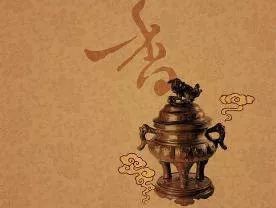
(2) Identification and selection of incense products
Raw materials, formula, process
The health value of natural spices and their extracts is much higher than that of synthetic spices. The raw materials of synthetic spices are taken from coal chemical raw materials, petrochemical raw materials and other chemical materials containing carbon, hydrogen, oxygen and other elements. Although they have a fragrant smell, as chemical preparations, they are harmful to health to varying degrees, especially for incense products.
Natural spices are just the opposite. Almost all of them are medicinal plants. They not only have fragrance but also contain very rich nutrients.
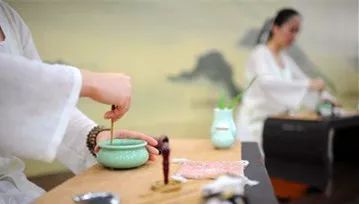
Aroma characteristics
Since different fragrances have different styles, there is no uniform identification method, but the fragrance of good quality fragrances generally has the following characteristics:
Agarwood is a solid condensate mixed with oil (resin) and wood components; the aroma is fresh and refreshing, and you won’t feel dizzy even if you use it for a long time; the fragrance is mellow, moderate in intensity, and you won’t feel irritated even if you take a deep breath;
Incense made from natural spices often has a slight astringent and medicinal taste in the aroma; the better incense burners have light smoke, which is bluish-white, or very little or no smoke.
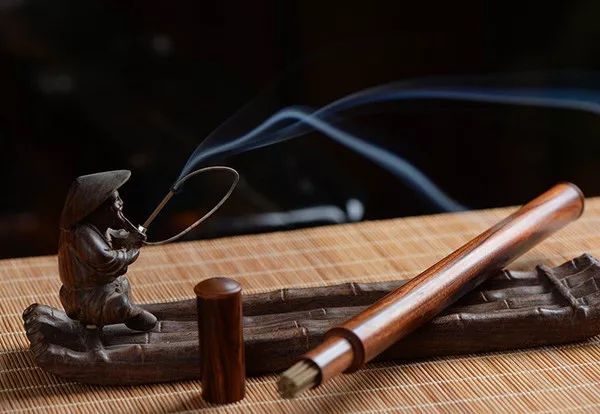
Appearance of fragrance
The information provided by the appearance of a fragrance is very limited. A high-quality fragrance may look plain, while a low-quality fragrance may look gorgeous. Therefore, you should be careful not to be misled by the appearance of the fragrance. Basically, you still have to rely on the aroma to identify it.
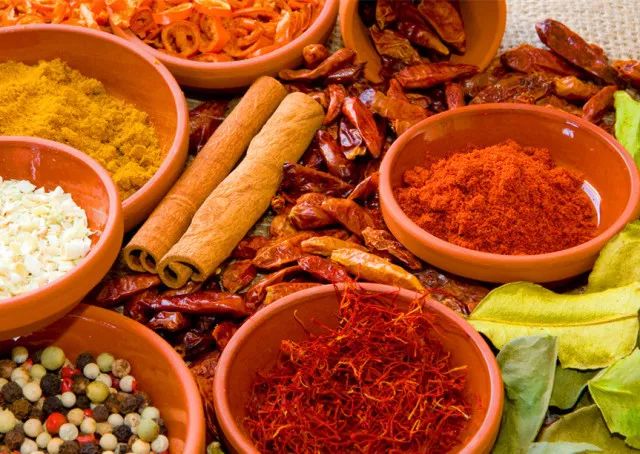
4
Incense and incense utensils
Incense burners are the most common incense utensils, and they come in various shapes, such as Boshan burners, tube-shaped burners, lotus burners, tripod-shaped burners, etc. They are mostly made of ceramics or metals such as copper and aluminum, but there are also materials such as stone and wood.
1. Incense burner
A hand warmer is a small incense burner that can be held in the hand or carried around (with a handle), and is used for heating or as a scented aroma.
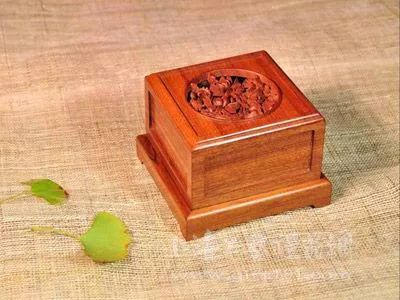
Most of them are round, square, hexagonal, petal-shaped, etc.; the surface is hollowed out and carved into various patterns such as lattices, auspicious pictures, landscapes and figures; the materials are mostly brass or white copper.
2. Hand Warmer
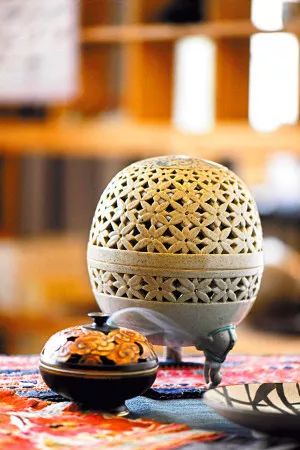
The incense burner, also known as the long-handled hand warmer, is a small incense burner with a long handle, mostly used for offering to Buddha. The handle is often carved with lotus or auspicious animals, and is often used to burn incense powder or incense balls.
——3. Incense burner
4. Incense stick
Incense tubes are incense tools for burning incense sticks vertically, also known as "incense cages". They are mostly long and straight cylinders with a flat top and a flat base at the bottom. The outer wall is hollowed out into various patterns, and a small plug is provided inside the tube to facilitate the insertion of incense sticks. They are mostly made of bamboo, wood or jade, and there are also high-grade ivory products.


Sachets are used to hold scented items such as incense powder and dried flowers so that they can be carried around or worn as ornaments. Most of them are embroidered silk bags, and the embroidered bags are often placed in small hollow boxes made of stone, jade, gold, silver and other materials.
——5. Sachet
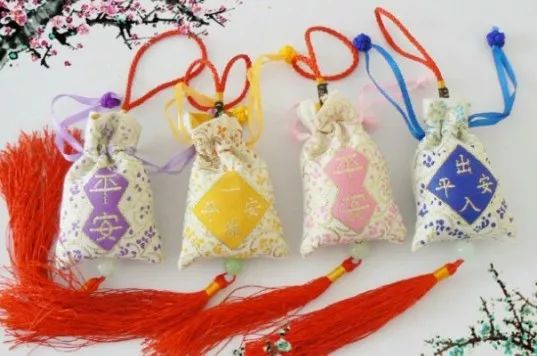
4
Incense and Buddhism
There is usually an incense burner in front of the main hall of a Buddhist temple. Because spices, especially incense used for burning, are closely related to people's spiritual activities, many religions throughout the ages have paid special attention to incense, especially Buddhism.
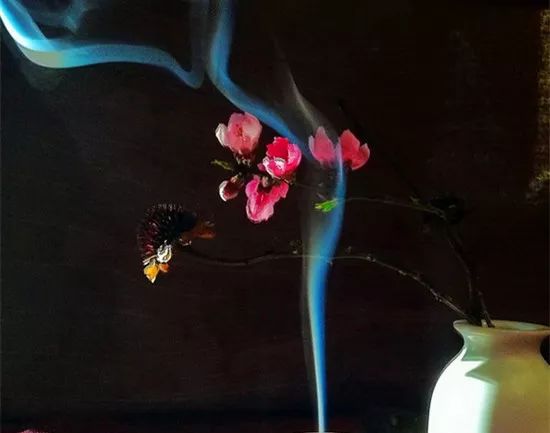
(1) Buddhists believe that incense is connected to perfect wisdom.
Buddhists believe that incense has a special relationship with human wisdom and virtue. Wonderful fragrance is connected with perfect wisdom. Sages who have achieved success in spiritual practice can even emit a special fragrance. In Buddhist scriptures, incense is often used to illustrate the virtues of those who have attained enlightenment.
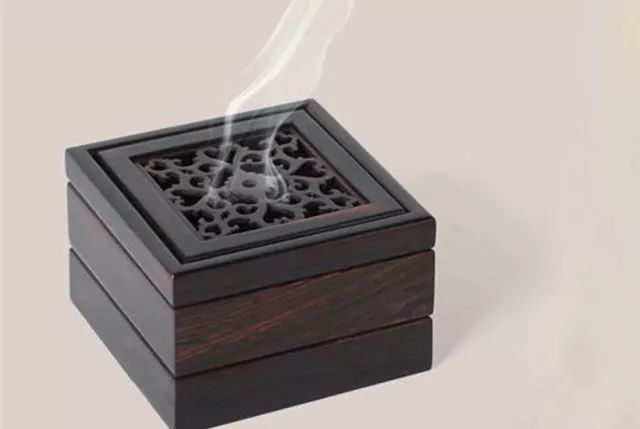
(2) Buddhists believe that incense can connect the ordinary and the holy and is the most sacred offering.
Incense is indispensable for daily chanting and meditation, grand Buddha bathing ceremonies, water and land ceremonies, Buddha statue consecration, ordination, releasing animals, and other Buddhist activities. In particular, ceremonies must begin with a grand incense-burning ceremony.
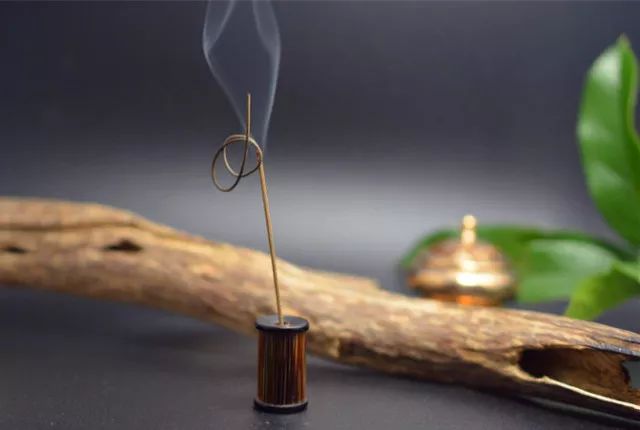
(3) Buddhists use incense to treat illnesses
Since most spices are medicinal materials, such as agarwood, sandalwood, cloves, costus, cinnamon, calamus, camphor (borneol), musk, aloeswood, benzoin, and spikenard, Buddhist incense has been used to treat diseases for a long time. Incense used for treatment, also known as "incense medicine", is an important part of "Buddhist medicine".
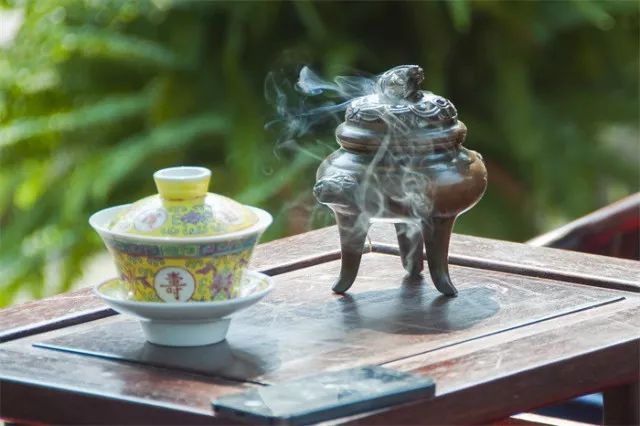
5
Incense and Literati
Most Chinese literati love incense. I don’t know whether it is the incense that they cannot live without at all times that enables them to create cultural models and literary works that are very different from those in the West, or whether it is the literati’s love of incense that promotes the development of incense culture. In short, the status and role of incense in Chinese culture are very unique.
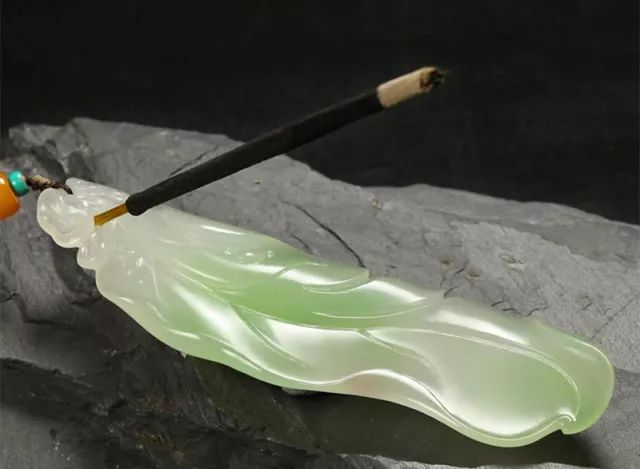
Li Qingzhao's "Drunk in the Flower Shade"
The thin fog and thick clouds make the day long and sad, and the fragrant agarwood melts the golden beast.
It’s the Double Ninth Festival again. The jade pillow and gauze curtain are chilly in the middle of the night.
After dusk, I drink wine in the east garden, and my sleeves are filled with a faint fragrance.
Don’t say that I’m not heartbroken. The curtains are rolled up by the west wind, and I’m thinner than the yellow flowers.
The "rui nao" in the lyrics refers to borneol; the "jin shou" refers to the beast-shaped copper incense burner.
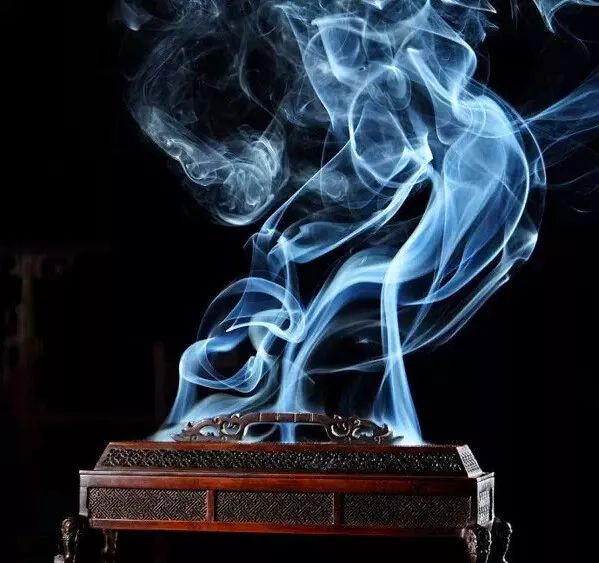
The meaning of incense
Incense is smart, noble, yet simple and unpretentious; mysterious, profound, yet approachable. It has accompanied the successive heroes of the Chinese nation through five thousand years of vicissitudes and storms, and has walked out of the brilliant journey of Chinese civilization shining in the world.
Human beings' love for incense is innate, just like butterflies' love for flowers and trees' love for the sun. The poem "Burning Incense" by Chen Qufei of the Song Dynasty can, to a certain extent, represent the ancient Chinese people's evaluation of incense:
Bright windows extend the quiet day, sitting in silence to dispel worldly thoughts;
I will express infinite meaning in this stick of incense.
At that time, precepts, concentration, and wisdom were offered to all people and gods;
Am I not a clear friend? Now I am clear in my heart.
The smoke from the stove curls up into the blue sky, and the clouds are thousands of wisps;
It floats away leisurely into the sky and returns with the wind.
Things in the world come and go, but nature never changes;
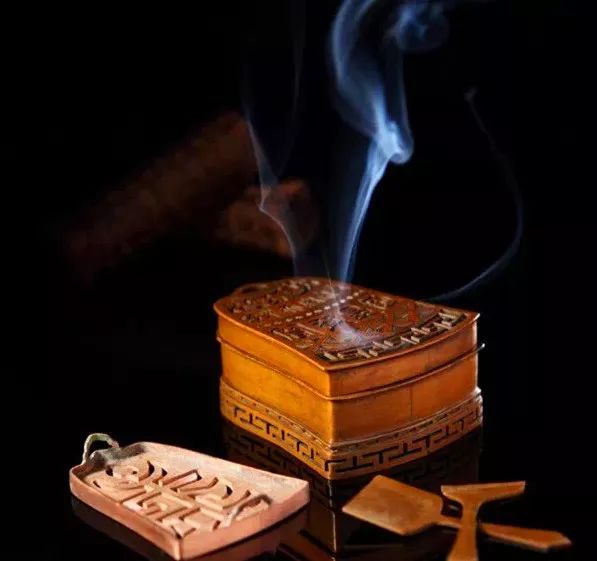
Zhu Xi, a scholar of Neo-Confucianism in the Song Dynasty, wrote "The World of Fragrance"
No one has shared my quiet joy in recent years, so I plant orchids to wash away the bright breeze.
The fragrant cloud world of the true Buddha country is not to be missed, with laurel bushes on the yam tree.
The fragrance of flowers is so endless that it makes you intoxicated, and the spiritual aroma brings peace and tranquility.
Why does the Chu guest need to weave the autumn pendant and sit, lie or walk here?
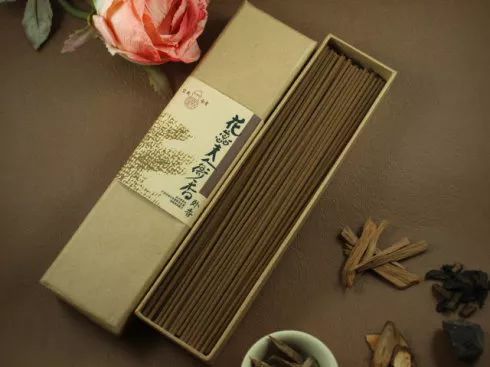
After reading this, have you seen the sandalwood rising slowly, lingering before your eyes and then disappearing, filling your heart with a refreshing and strong fragrance? Later, we will launch a course on incense culture study to bring you a different kind of incense elegance. Stay tuned!!!
